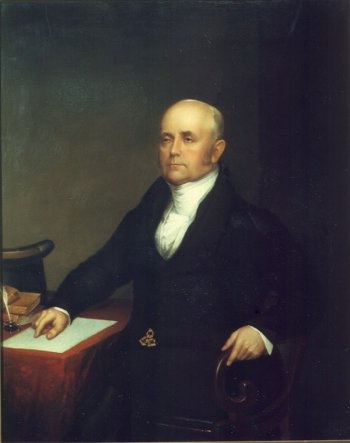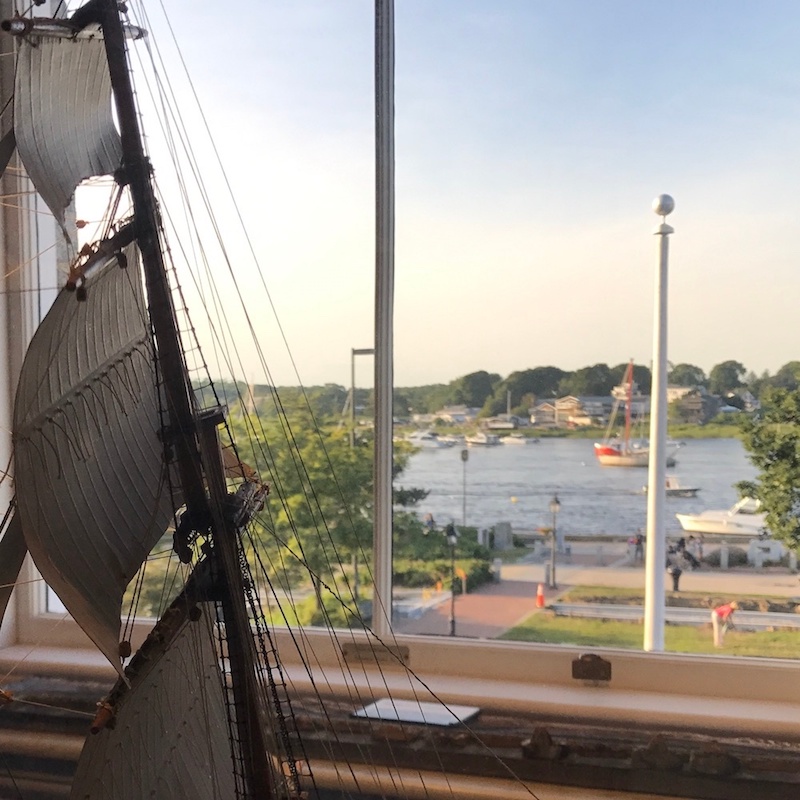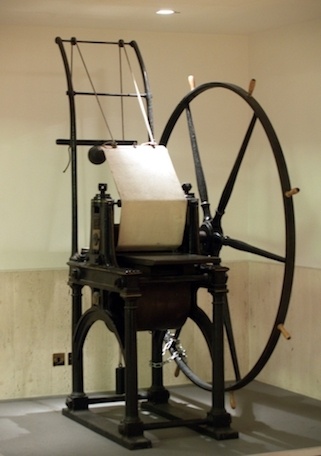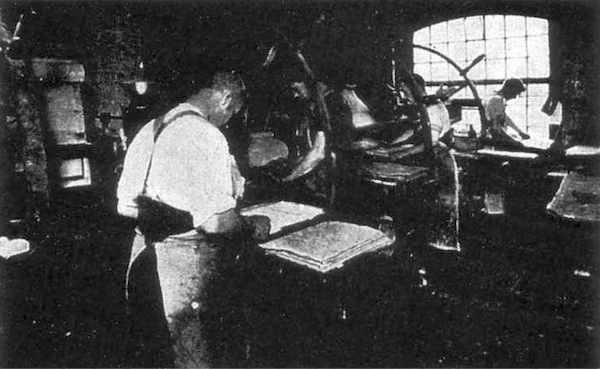
Jacob Perkins, also known as the “Father of the Refrigerator”, had a wide range of interests that extended further than the common household appliance. This mechanical inventor had 21 American and 19 English patents, which is no surprise, given his curiosity and ingenuity. Let’s take a moment to appreciate a few of Perkins’ major contributions…
The Making of a Mechanical Inventor
Jacob Perkins was born on July 9, 1766, in the small coastal city of Newburyport, Massachusetts. He attended the local school until he was 12, when he became a goldsmith apprentice. During his time there, he made gold beads and invented a new method to plate shoe buckles. Although Perkins had minimal formal education, he was able to grasp mechanical concepts and demonstrate his remarkable ingenuity.

Jacob Perkins. Image in the public domain in the United States, via Wikimedia Commons.
Pressing for Productivity
Perkins’ reputation as an innovator quickly became well known. At 21 years old, he accepted a job to produce dye for striking copper coins for the Massachusetts mint. A few years later, he invented a machine that optimized the manufacturing process of cutting and heading nails. The handy inventor went on to create a multitude of innovations including the piezometer, bilge-pump, and high-pressure steam boiler.
Making an “Imprint” on Engraving Technology
Thanks to Perkins, engraving technology made a huge advancement. As a former goldsmith, Perkins was a master in metalworking and had an affinity for working with steel. He invented steel-engraving plates and produced the first known steel-engraved book in the United States.
Soon after, he applied his steel-engraving technology to currency and pioneered steel plates for banknote engraving. Since Perkins had experience with minting copper coins, he understood that it was far less durable than steel and much easier to engrave — thus, easier to counterfeit. The steel plates provided a preventative measure for antiforgery. With the help of his brother Abraham, they built a three-story brick engraving plant in Newburyport in 1808. One year later, the Commonwealth of Massachusetts mandated that all local banknotes be engraved with Perkins’ steel plates.

A modern view of Newburyport, Massachusetts, the birthplace of Jacob Perkins and home to his first printing plant.
Meanwhile in England, the Royal Society was tackling a huge issue of forged English notes. They sought the public for a solution: If anyone can produce “unforgable notes“, they would be awarded £20,000. This piqued the interest of Perkins and his business partner Gideon Fairman. In 1819, they sailed to England to construct a printing plant and then presented example notes to the Royal Society President Sir Joseph Banks. Banks was initially apprehensive because he had hoped the inventors would be English by birth. Eventually, Perkins and Fairman proved successful. Their plant continued to produce steel plates, antiforgery English notes, and the first British postage stamps.


The Perkins printing press (top) and the interior of Perkins’ British printing plant during the 19th century (bottom). Top image by takomabibelot – Flickr: CC BY 2.0. Bottom image is in the public domain in the United States, via Wikimedia Commons.
The “Father of the Refrigerator”
Prior to the refrigerator, people had to rely on canning, pickling, and salting their food or stashing them in the nearest cold space; such as rivers, ice boxes, or cellars. Oliver Evans, an American inventor and friend of Perkins, conceived the idea for a refrigerator. Evans never built it, so he gave Perkins permission to pursue it. In 1835, Perkins was granted the first patent for the vapor-compression refrigeration cycle. As a result, he is commonly referred to as “The Father of the Refrigerator“. Perkins discovered that liquefied ammonia had a cooling effect, so his refrigerator used ethyl ether and ammonia to produce a small quantity of ice.
A Lasting Impression
Perkins’ contributions from the 1800s made a lasting impression that benefits today. His currency printing method is still in use and the modern refrigerator operates on the same fundamental design. Jacob Perkins started the lineage of four generations of mechanical engineers, inventors, and patentees spanning over 170 years. Each family member provided significant advancements to heating and ventilation systems.
If you are ever in the Newburyport area, be sure to check out the Perkins Printing and Engraving Plant, locally known as “The Mint”. It is the oldest existing printing and engraving building in the United States. Until then, let’s wish Jacob Perkins a happy birthday!



Comments (0)